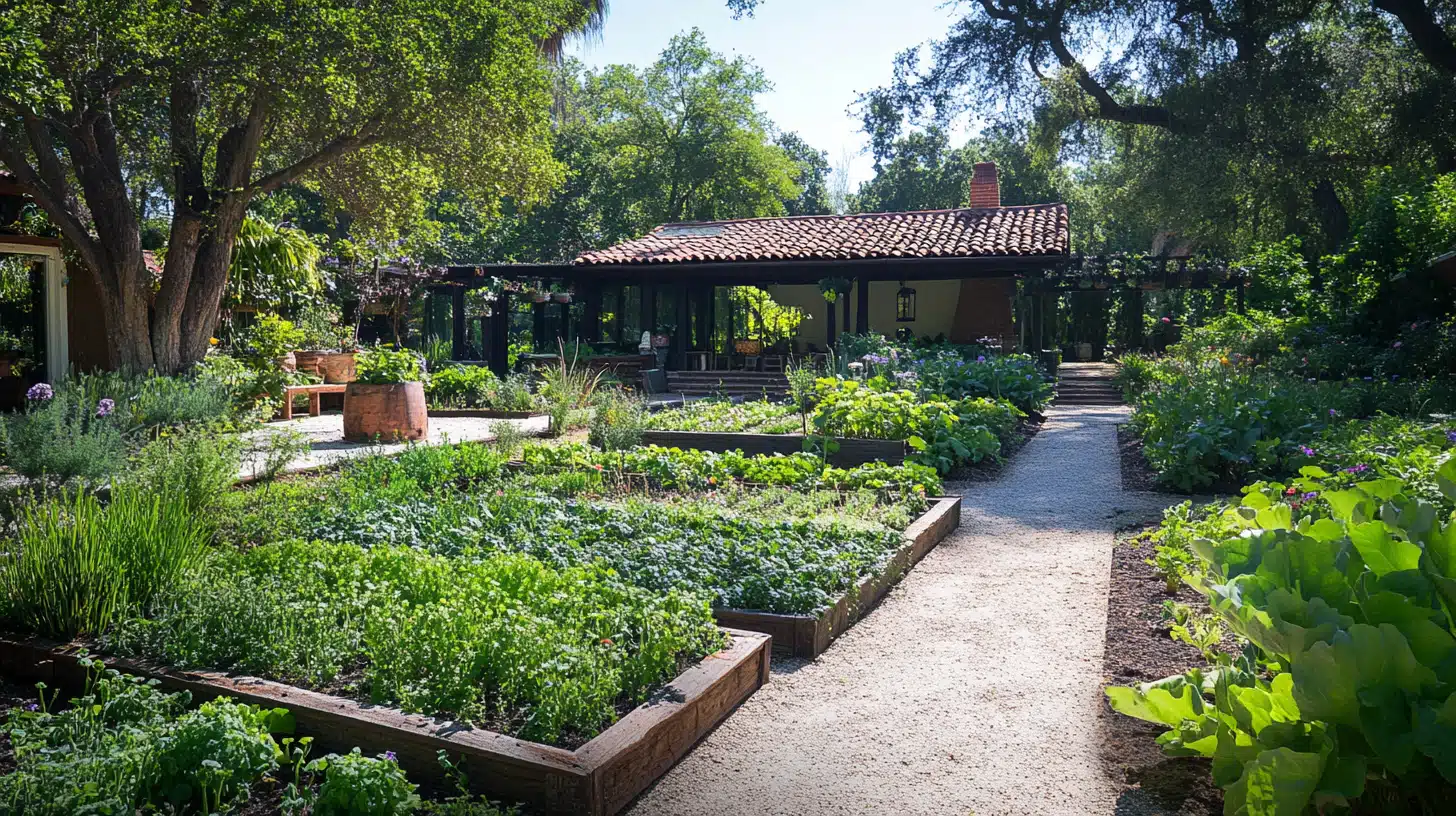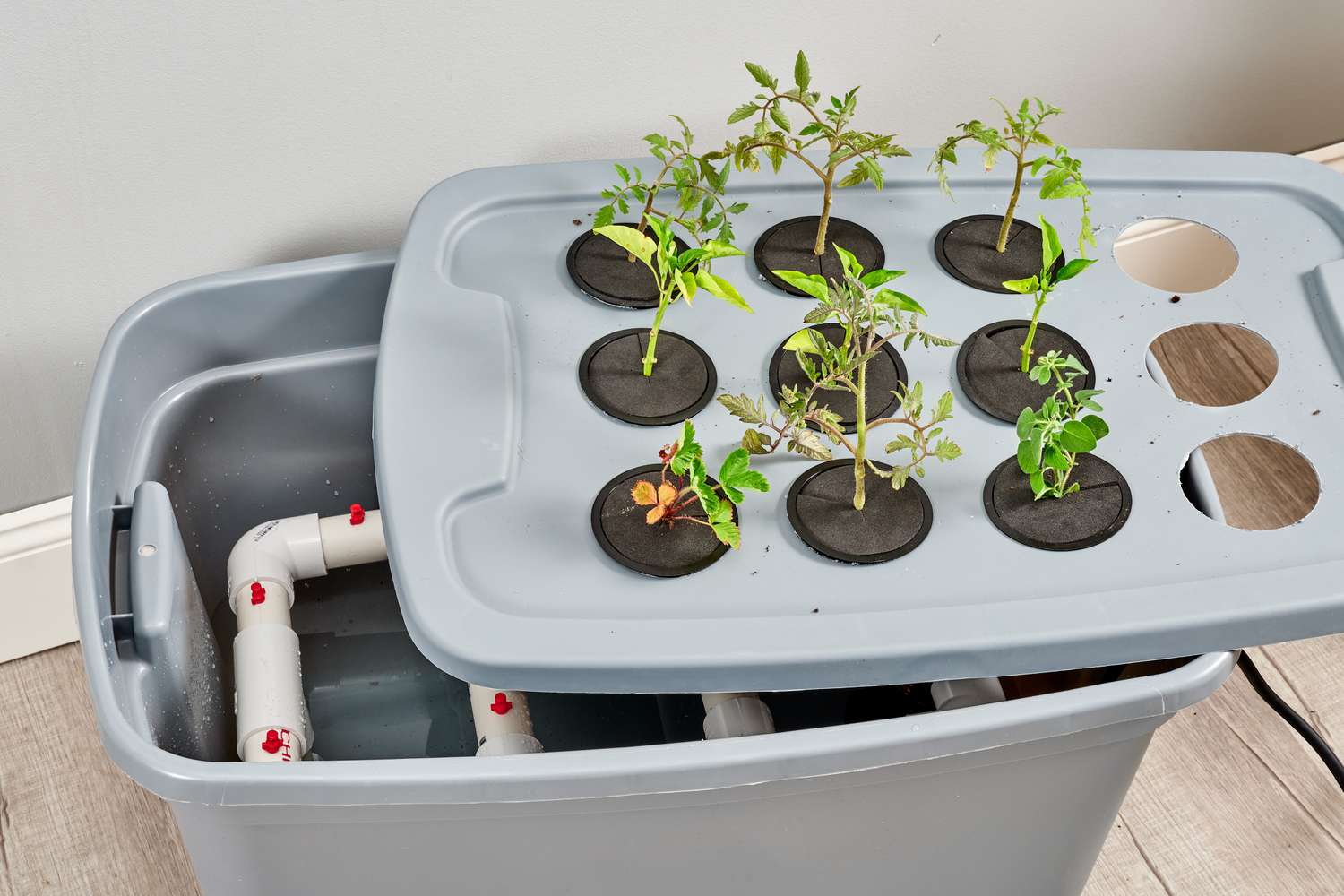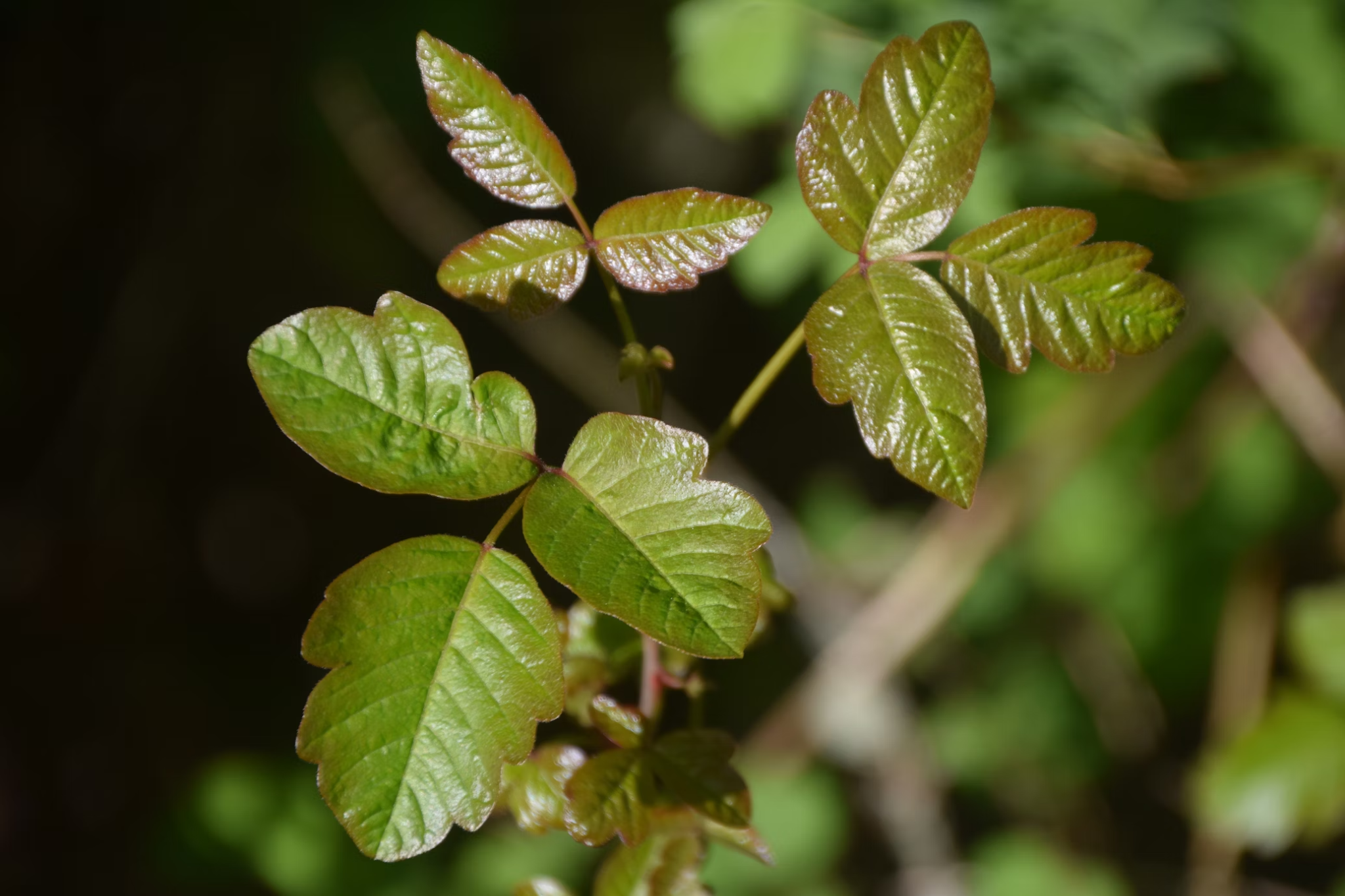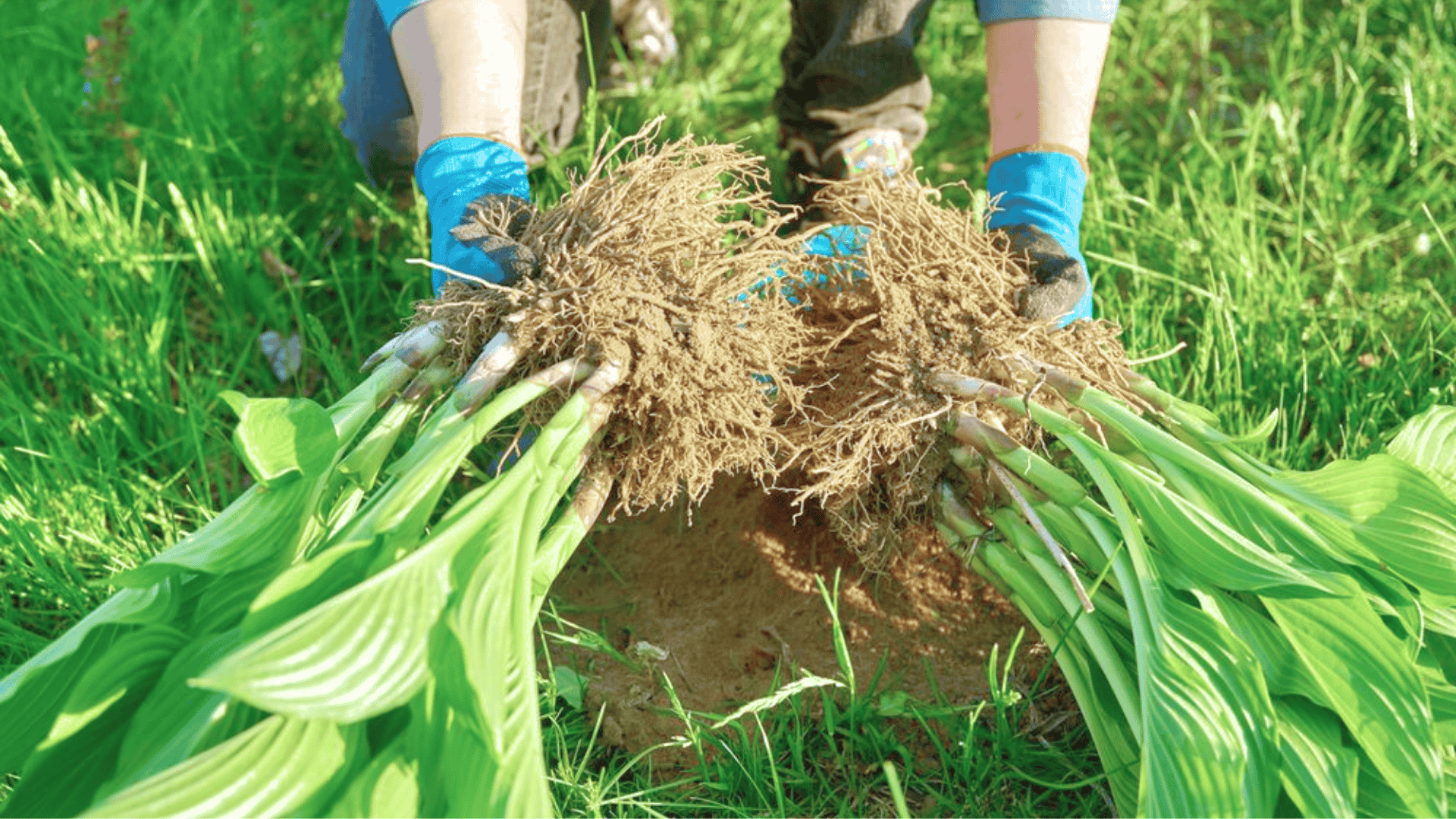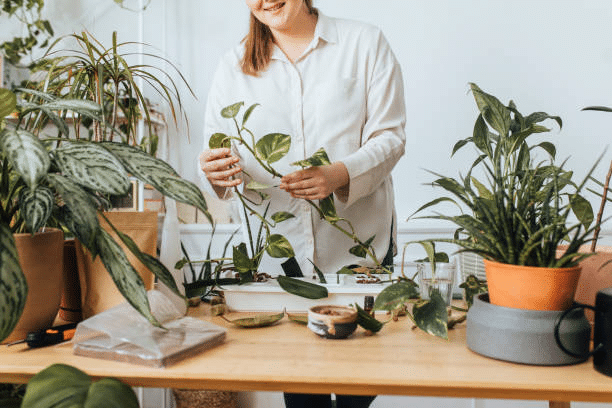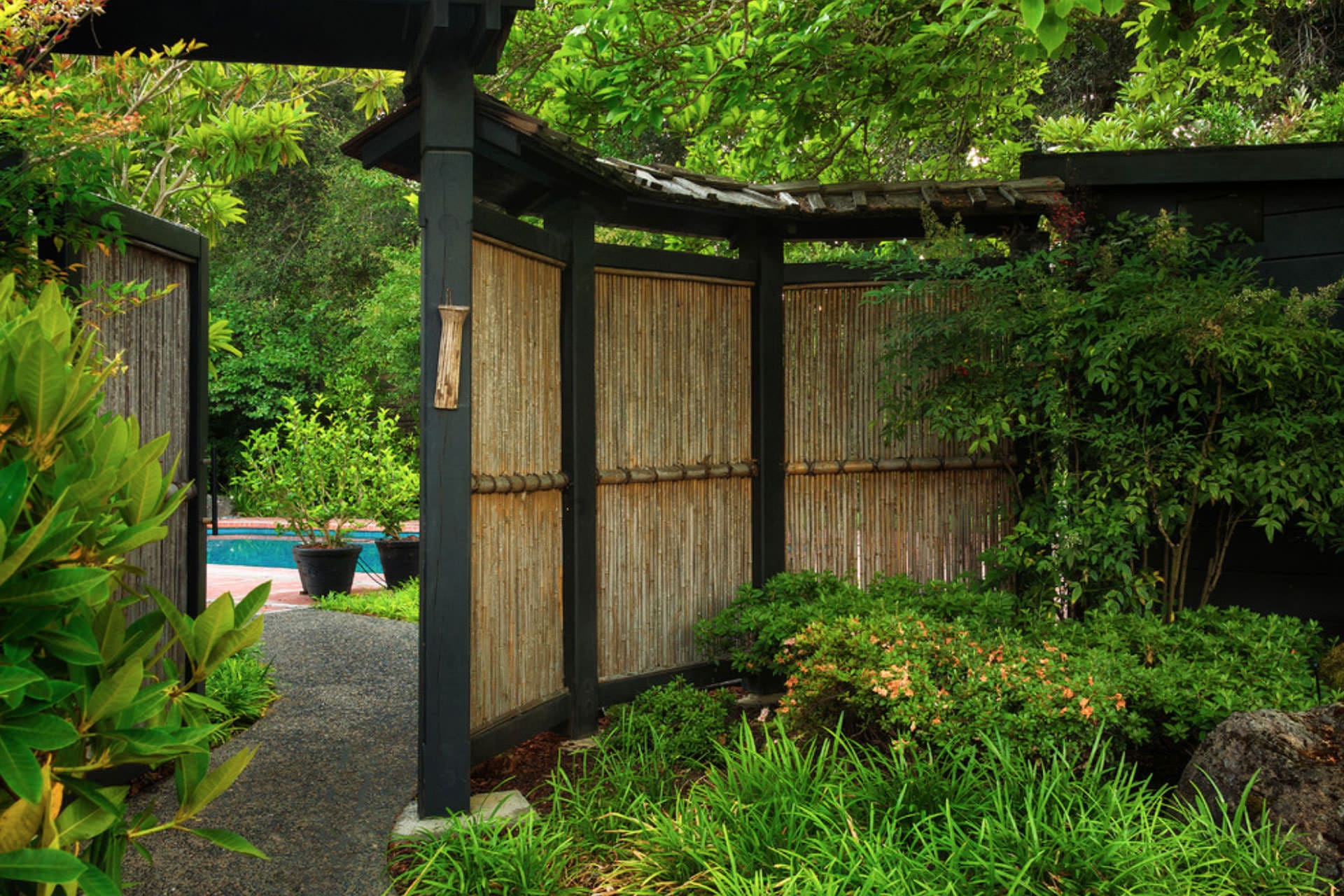Creating an Edible Landscape: Blending Beauty and Functionality
Imagine a garden that not only looks stunning but also provides fresh, organic produce for your kitchen. Edible landscaping is all about designing your outdoor space to be both beautiful and functional by incorporating edible plants—herbs, vegetables, fruits, and more—into the landscape.
This approach turns traditional gardening into a work of art while giving you a steady supply of delicious homegrown food.
Here’s how you can blend beauty and functionality into your garden by choosing edible plants that offer both aesthetic and culinary benefits.
Choose Plants That Double as Ornamentals

One of the best things about edible landscaping is that many herbs and vegetables are just as visually appealing as they are practical. For instance, vegetable seeds like rainbow chard or purple kale bring bold colours and textures to your garden.
The deep reds, purples, and bright greens of these plants make them perfect for adding contrast and visual interest to any landscape design.
Similarly, many herbs have both functional and decorative appeal. Lavender, for example, offers a beautiful pop of purple colour while also being a versatile herb for cooking and home remedies. Herb seeds like rosemary, thyme, and oregano can be planted along borders or pathways, creating soft, fragrant edges while providing a steady supply of flavorful additions to your dishes.
Incorporate Vertical Elements
If you’re working with limited space, vertical gardening is an ideal solution for incorporating edible plants into your landscape. Climbing vegetables like beans, peas, and tomatoes can grow on trellises or arbours, turning a simple structure into a lush, green focal point.
In addition to vegetable seeds, herbs like mint and thyme can spill over vertical planters or hanging baskets, adding layers of greenery. Vertical elements not only enhance the visual appeal of your garden but also make harvesting easier and help you maximise your space.
Use Edibles as Ground Cover or Borders
Ground cover plants are essential for a well-designed garden, and you can make them work double duty by choosing edible options. Low-growing herbs such as creeping thyme or oregano are perfect for filling in spaces between stepping stones or as an alternative to grass in small patches.
Not only do they offer beautiful green coverage, but they also release their lovely fragrance when stepped on, making every stroll through your garden a sensory experience.
For borders, consider using plants like lettuce, kale, or even strawberries. These compact plants grow quickly, add vibrant colours to your landscape, and provide fresh produce all season long.
Plant in Patterns for Aesthetic Appeal
A successful edible landscape isn’t just about functionality; it’s about creating a visually striking layout. You can achieve this by planting in patterns, incorporating different textures, and playing with colour contrasts.
For example, alternating rows of purple cabbage and bright green spinach can create a stunning visual effect. Similarly, planting herbs like basil, parsley, and sage in geometric shapes or spirals can make your garden look organised and intentional, while still being highly functional.
Pair these with flowering herbs like chives or dill to attract pollinators, while adding a burst of colour to your edible landscape.
Mix Perennials and Annuals
To create a dynamic and long-lasting edible landscape, consider mixing perennial herbs and vegetables with annuals. Perennials, such as rosemary and thyme, will continue to grow year after year, offering both stability and structure to your garden. These hardy plants are great for creating permanent features like hedges or borders.
Annuals, such as lettuce, basil, and many vegetable seeds, bring variety and change with each season. This allows you to refresh and re-imagine your garden space regularly, ensuring it remains vibrant and full of life.
By mixing perennials and annuals, you’ll enjoy a landscape that evolves through the seasons, offering something new every time you step outside.
Add Edible Flowers for a Pop of Colour
For an extra touch of beauty, consider incorporating edible flowers into your landscape. Flowers like nasturtiums, pansies, and marigolds not only add colour but are also edible, making them a unique addition to your kitchen. They can be used to garnish salads, infuse oils, or simply add a decorative element to your plates.
These flowers also play a functional role in attracting pollinators, which helps boost the growth of your other plants. Their dual purpose of adding beauty and supporting your garden’s ecosystem makes them an essential component of an edible landscape.
Create Zones for Easy Maintenance
When designing your edible landscape, it’s essential to think about maintenance and ease of access. Group plants with similar watering and sunlight needs together to make your garden more manageable.
For example, sun-loving herb seeds like oregano, basil, and rosemary can be planted together in a sunny spot, while vegetables that need more shade, such as lettuce or spinach, can thrive in a different zone.
By creating distinct zones for different plant types, you’ll make caring for your garden simpler while also ensuring each plant gets exactly what it needs to flourish.
Harvest and Enjoy Your Edible Oasis
The greatest reward of an edible landscape is the bounty it provides. Imagine plucking fresh herbs and vegetables straight from your garden for a homemade meal. Whether you’re adding basil to a fresh pesto or harvesting leafy greens for a salad, your edible landscape will become a vital part of your daily life.
By growing your own vegetable seeds and herb seeds, you can ensure that your landscape is not only beautiful but also a source of fresh, organic produce right at your doorstep.
With thoughtful design and plant selection, you can create a garden that’s as gorgeous as it is functional. An edible landscape blends the best of both worlds, turning your backyard into a thriving, sustainable, and eye-catching space that brings endless joy to your table and your view. Happy planting!

